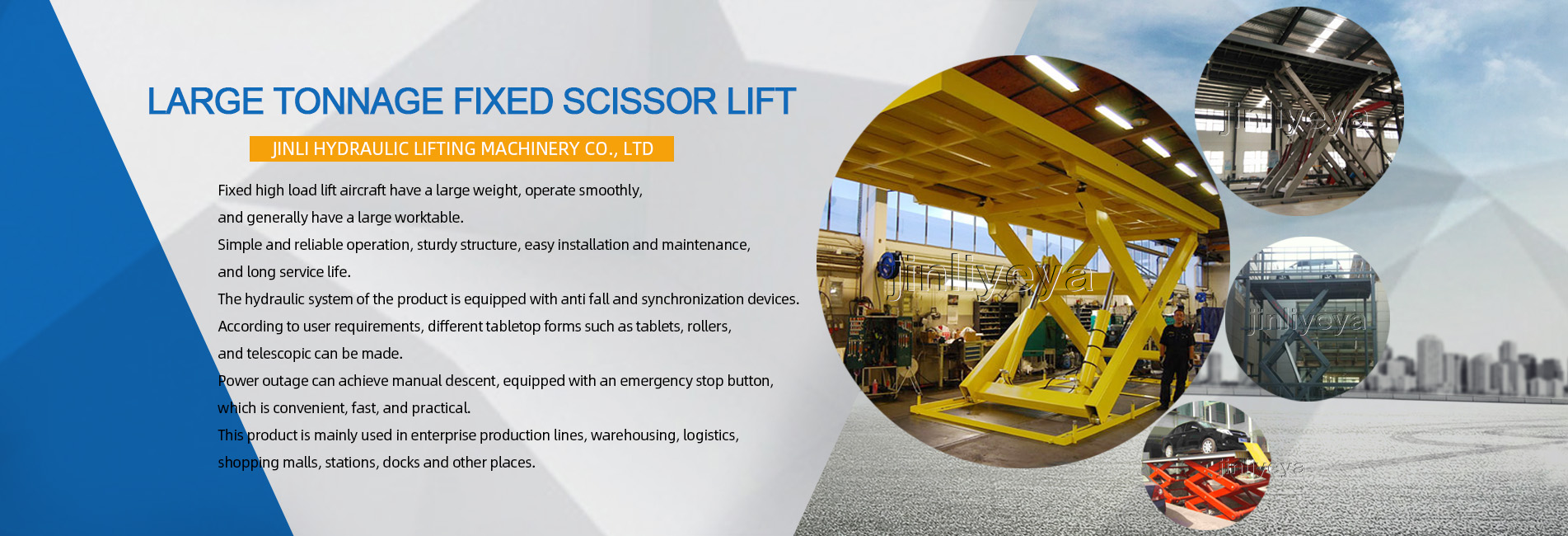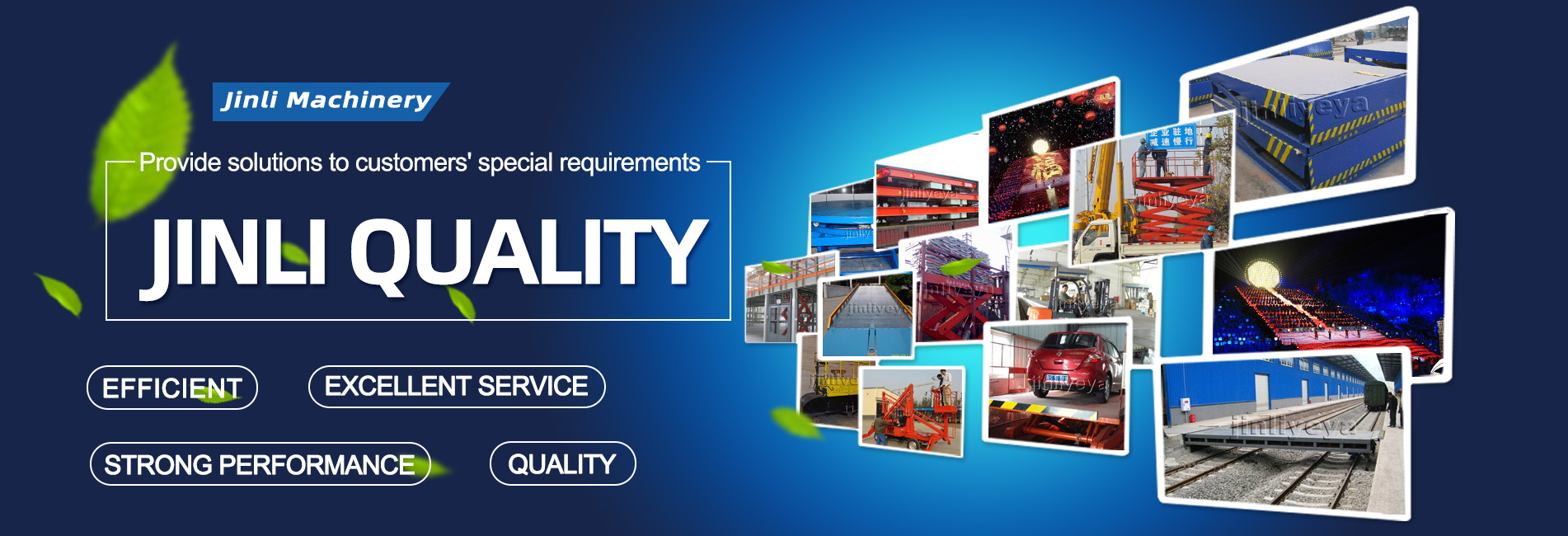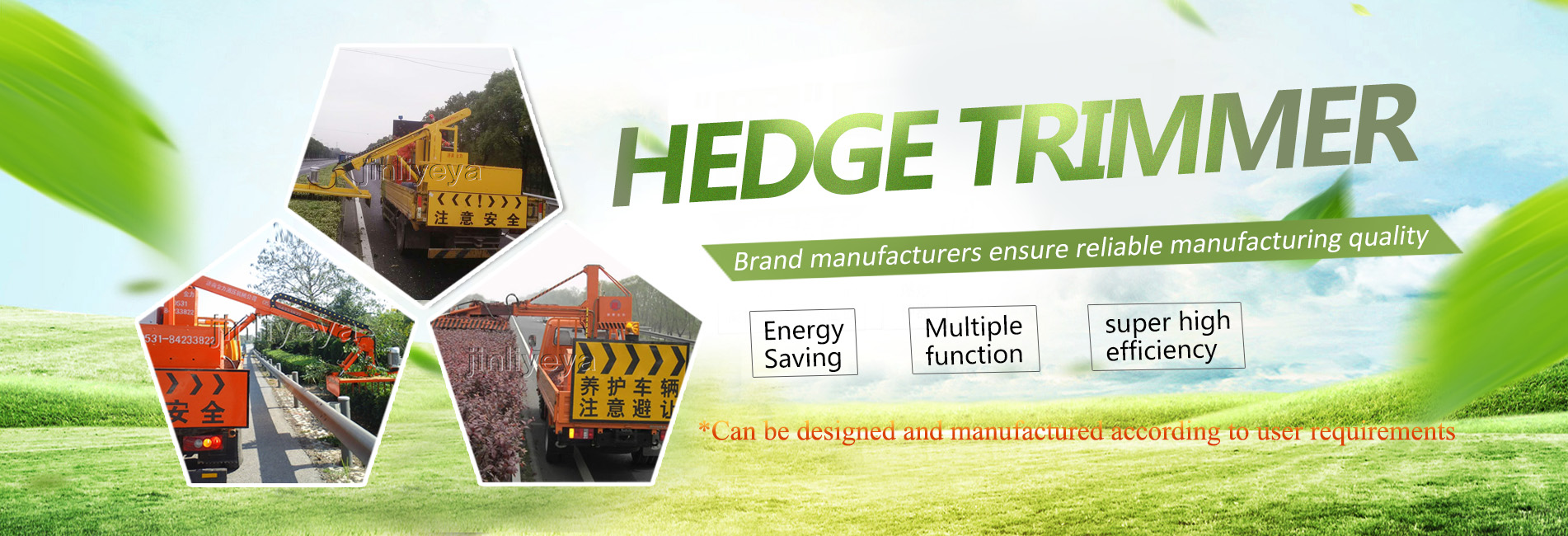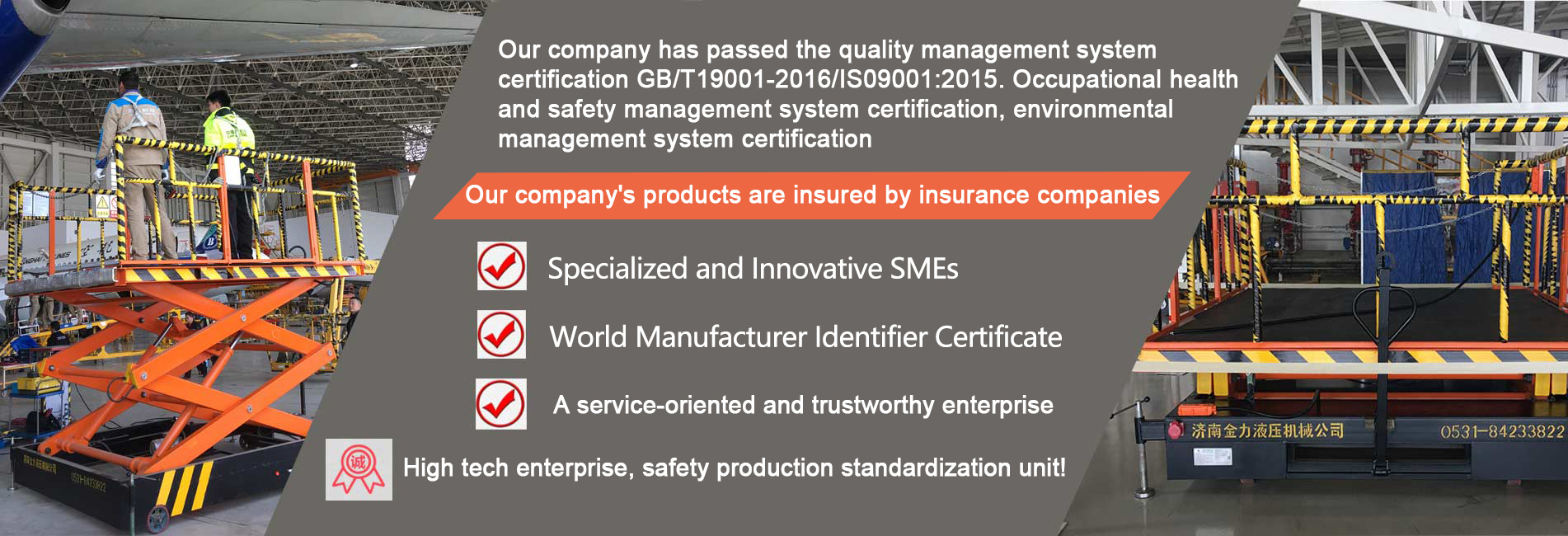The main difference between mobile hydraulic lifting platforms and fixed elevators is their ability to move, which has led to the development of a walking system for hydraulic lifting platforms. To make them more stable during operation, a support system has been added.
The support system of hydraulic lifting platform mainly consists of manual support legs and hydraulic support legs. Today, we will introduce hydraulic support legs to you. The commonly used hydraulic support legs for hydraulic lifting platforms can be roughly divided into the following forms.
The movable leg of the frog style leg is hinged on a fixed leg, and its deployment action is completed by a hydraulic cylinder. Its characteristics are simple structure and light weight, but the leg span is not large, only suitable for small tonnage cranes.
H-shaped legs are not commonly used in hydraulic lifting platforms and have two hydraulic cylinders. After extending the movable legs, they support the ground vertically during work, forming an H-shaped structure, hence the name. The characteristic is that the leg span is relatively large and has good adaptability to the field, which has been widely adopted.
When X-shaped support legs work, they form an X-shape with a small ground clearance. During the process of supporting the feet to the ground, there is horizontal displacement. When it is a small amplitude, the space for heavy objects to move is larger than that of H-shaped support legs. Therefore, it is often mixed with H-shaped support legs to form a front
H. The form of X after.
The radial support legs extend outward in a radial pattern from the bowl shaped frame of the chassis, with the rotation center of the turntable as the center. The characteristic is good stability. During lifting operations, all loads do not pass through the frame but directly act on the support legs. This can reduce the weight of the frame and lower the overall height of the machine, protecting the chassis from damage. Mainly used on some extra large cranes.
The above are the most common hydraulic support legs commonly used in elevator equipment (sh è b è i) on the market today. The function of the support legs is to provide a larger support span (meaning: generally referring to distance) for the elevator during operation without increasing the width of the elevator, thereby making the elevator's lifting operation more stable without reducing its maneuverability.
The walking system of hydraulic lifting platforms has a wide variety of walking mechanisms on the market. Today, let's briefly introduce loaded driving and good stability in operation. The chassis layout breaks through traditional design theories and methods, and reduces the offset of the center of gravity by adopting a degraded split platform layout for load propagation. Adopting a unique large angle rear hinge layout, multiple types of sinking modules are properly installed, effectively balancing the working torque. The use of H-shaped variable cross-section composite box girder cutting frame and high load solid rubber tires increases the overall stiffness of the chassis, improves the stability of the whole machine during operation, and achieves the effect of carrying load for high-altitude work platform vehicles.
Internal combustion engine drives the chassis. Composed of engine, frame, walking mechanism, steering mechanism, etc. Considering the comprehensive requirements of work reliability, noise, emissions, etc., a specialized diesel engine for construction machinery is preferred. This engine is an inline 4-cylinder water-cooled, naturally aspirated engine with a full range governor, running smoothly, and has the characteristics of high thermal efficiency, low specific fuel consumption, and less emission pollution. Due to the low driving speed of the trolley, considering both operational safety and economy, the frame adopts a rigid connection type without a suspension mechanism, and high load solid rubber tires are selected for the tires.
A new type of fully hydraulic self-propelled dedicated chassis. The self-propelled high-altitude work platform vehicle with independent intellectual property rights has been developed, which adopts technologies such as electromechanical hydraulic integration, reliability design, and computer-aided design. It has successfully developed a type of fully hydraulic driven, self-propelled special chassis, breaking through the previous domestic high-altitude work platform vehicles that could only use automotive or crane chassis modification and disassembly design.
The walking mode is hydraulic drive, directly using an imported motor and reducer integrated with a built-in walking reducer, with two speeds of fast and slow, to meet the driving requirements of the vehicle in different environments. When driving on a slope, the walking mechanism has self braking function and is also equipped with a clutch device for easy towing in case of malfunction. The steering mechanism adopts a rod type steering mechanism driven by hydraulic cylinders.
At present, there are many types of hydraulic lifting platform products in China, and the production engineering of each manufacturer is also different. Therefore, the walking system used by hydraulic lifting platforms on the market and the support system of elevators commonly used by manufacturers are not the same.
{13}







